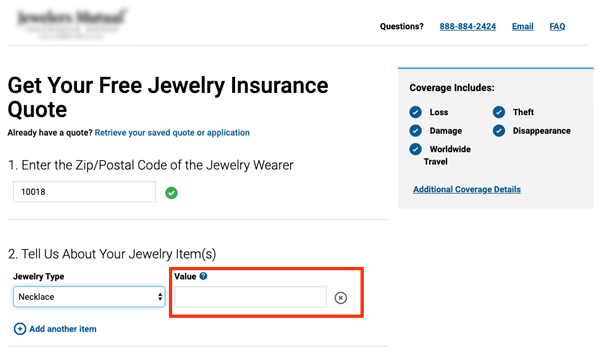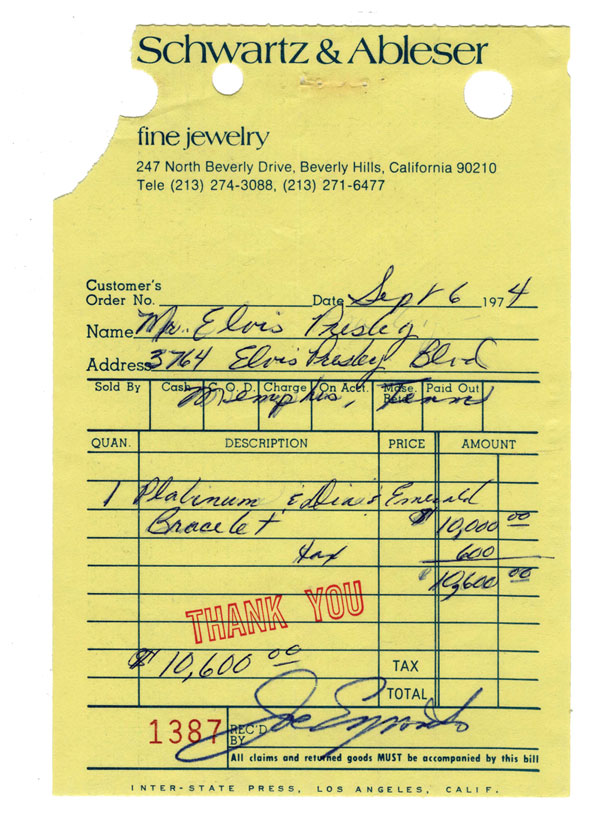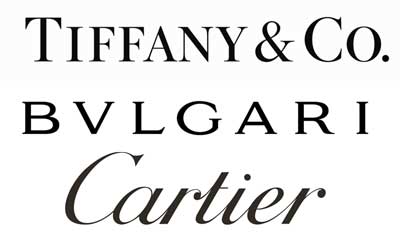Jewelry appraisals: ultimate guide
[current_post_author_name]
[current_post_mdate]
Jewelry appraise ensures that it will be covered in the event that it is lost, stolen, or damaged. It protects your investment and ensures that if the worst happens, you will be able to replace it.
When working with a qualified specialist, you will likely learn aspects of your jewelry that was previously unknown to you as well as receive documentation needed for tax or insurance purposes.
In this article, you’ll learn:
- The three types of appraisal and which one you need
- How to find an appraiser you can trust
- What to watch out for when choosing an appraiser

Ringspo is reader supported
Ringspo is reader-supported, which means we may receive a commission if you click a link to a retailer & subsequently make a purchase.
We feature links to several retailers to help readers find the one that is the best fit for them. Find out more about how Ringspo works here.
What are Jewelry Appraisals?
Jewelry appraisals are used to give a thorough description of a piece of jewelry and an estimated market value.

After an expert has evaluated your jewelry, they will give you a document with a detailed description of the physical chracteristics – the precious metal used, the gemstones, their carat weight and other identifying characteristics.
The appraiser will also give an estimated value for the piece of jewelry, based on current prices. Lastly, the appraiser will sign it – they are putting their name, and their reputation, behind their work.
A good appraiser should be able to offer the following:
- Necessary credentials that qualify them to appraise jewelry.
- An explanation of how they will appraise your item including what materials they intend to use and what measurements they will take.
- Understanding of the reasons why you want to have the item appraised and how they can meet your needs.
- A sealed statement of value and purposes on the documents returned to you, complete with their signature.
What are Jewelry Appraisals Used for?
The most common use of a jewelry appraisals is for insurance purposes in the event that jewelry is lost, stolen or irreparably damaged. They can also be useful to have if you decide to sell your engagement ring, or similar significant piece of jewelry, to understand how much it could be worth.
If you’ve just bought a vintage or used diamond ring, an appraisal can be especially useful to really understand the value of your ring
If you’re buying specific jewelry insurance, or adding jewelry to an existing home insurance policy, then the value of your jewelry is one of the first questions that you will be asked:

After you receive your appraisal documentation, your insurance company will use that information to create a coverage limit on your policy. They will decide how much they are willing to pay out if necessary.
The appraisal value will also affect the amount you’ll pay for the premium – the higher the value, the higher the insurance premium.
Other reasons to get your jewelry appraised are the following:
- For tax purposes.
- To find out the value of jewelry you have inherited. This is especially useful with estate jewelry when it may be unclear what is valuable and what is merely costume jewelry, whether you are planning on keeping or selling the inherited jewelry.
- In the event of a divorce, you may need to appraise your valuable pieces.
- To find out the value for an upcoming sale or auction.
- To prove that you own the item in the case of a future dispute.
Types of Appraisal
Not all appraisals are the same. Depending on the type of jewelry you have, you will receive one of the following types of appraisals:
- Fair market value appraisal – this document will give an estimate of what a buyer would pay in the event that you decided to sell your jewelry. It is often used for tax liability purposes or estate settlement.
- Replacement value appraisal – this document describes the approximate current market price of what it would take to replace the jewelry with an item that is similar quality. This is the most common type of appraisal as most will cover new items.
- Comparable replacement value appraisal – this document is similar to the replacement value appraisal but is written about antiques and other items that are no longer produced.
If you are getting an appraisal in order to sell your jewelry, then the type of appraisal that you are looking for is a ‘fair market appraisal’.
If you are looking to sell a diamond ring, this is what you will receive and you may find that this is lower than the replacement value appraisal and lower than the cost of a similar item would be priced at in a retail store.
However, it is the price that someone would be willing to pay for a used, or second-hand item. Most people who are buying jewelry used are traders, who would then be looking to sell it on to a third party. The fair market value that are willing to pay has to allow for them to cover their costs and make a profit by selling the goods:

Do You Need an Appraisal if You Have a Receipt for Your Jewelry?
You still need an appraisal, even if you have the original receipt for the item.
The receipt or point-of-sale document won’t cover everything about the jewelry. Generally, you will find a short description or the name of the item with the original retail price:

However, a jewelry receipt won’t include detailed information about the piece, general wear and tear, or changes in value since the purchase.
If you have purchased an antique or vintage item, the price you paid may also not be a true reflection of the value of an item. If you suspect that you picked up a bargain at a vintage store, then an appraisal will let you know its true worth.
Who can issue an appraisal?
There are no regulations covering the appraisal industry and no restrictions on who can issue an appraisal, which means that as a customer you need to be careful.
Key tip: avoid obtaining an appraisal from anyone who is interested in buying your jewelry from you. This is a clear conflict of interest – they are likely to value anything that they are interested in purchasing low, to ensure that they can buy it for as low a price as possible.

When looking for an appraiser, it is important to find someone who is well-trained, has ethical standards and understands the legalities that surround jewelry appraisals.
Fortunately, there are some metrics you can check in order to ensure they meet all requirements necessary to perform their job accurately and professionally.
A qualified appraiser should meet the following requirements to provide documentation for your jewelry:
Understanding of jewelry manufacturing
When an expert has understanding of the various manufacturing techniques of jewelry-making, they can make well-informed notes on exactly how it was created. The manufacturing process can potentially add value to a ring.
Experience with jewelry appraisal
Look for someone who has had a lot of experience with appraising jewelry. Look at reviews or ask for references. While many years as an appraiser can be an appealing aspect, you should also look at what their experience is as many may primarily focus on a specific niche.
Gemological knowledge
While there are no state or federal requirements when it comes to gemological knowledge, any jewelry containing gems should be appraised by someone with the proper understanding. This should include knowledge of the specific gemstone that is being valued, whether that is valuing rubies, sapphires or helping you understand how much an emerald is worth.
Ask to see certification from an organization such as the Gemological Institute of America (GIA). If you are concerned, you can always ask the organization if the credentials are accurate.
Credentials through an association
Appraisers should be certified by a national organization. These associations will document the level of training the appraiser has reached, helping you make an informed decision on who you select.
Associations of Jewelry Appraisers in the United States
There are a few well-known jewelry appraiser associations in the United States. These associations require their members to follow an ethical standard. Choosing a professional connected to these entities will help ensure that your appraisal is done accurately and without the risk of misplacing your jewelry.
These associations will include the following:
- Accredited Gemologists Association
- American Society of Appraisers
- International Society of Appraisers
- The Jewelry Judge Network
- National Association of Jewelry Appraisers
There are several other associations that can train jewelry experts. Do your due diligence to research the one cited by the person you have chosen to complete your appraisal.
Even if it costs a little extra to go through one of these professionals, it is well worth the price. They are highly trained and paperwork from them will hold more weight if you ever need to use it. As a potential bonus, there have been several instances when an associated appraiser has reevaluated a piece and has found that it is worth more than previously appraised.
How is the Value of a Jewelry Appraisal Determined?

There are many aspects of a piece that will be taken into account as an expert appraises your jewelry.
A good appraiser will be able to explain their process thoroughly and defend whatever value they access the item to be. It is a good idea to go over the documentation with your appraiser so that you understand it thoroughly.
Here is how the value of appraised jewelry is determined:
Quality of the materials
Each metal and gem will be thoroughly analyzed to find its quality. If you’re looking to sell gold jewelry, the appraiser will be able to determine your gold’s karat number, the 4 c’s of your diamonds, and any other relevant information needed. There is typically some lab work involved in this process e.g. testing to ensure that gold is real gold and not just gold-plated.
Quality of the workmanship
There are many different techniques used in creating jewelry and as a result, not all jewelry is created equal. Even if two items are made from identical raw materials and superficially look similar, the way that the jewelry was created and the quality of the workmanship will make a significant difference to its value. An item created by a masterful jeweler will be appraised at a higher value than a piece that was mass-produced.
Historical significance
If your item was created in a particular era or was owned by someone famous, it will likely be considered more valuable.
For instance, Kate Middleton’s engagement ring is generally considered “priceless” due to it previously belonging to the iconic Princess Diana, though an identical ring would be given a monetary value.
Or if you owned the piece of jewelry referred to in the receipt below, the ID of the original purchaser would certainly mean that it is more valuable than an equivalent piece without the celebrity connection:

Of course, it doesn’t necessarily need to have been owned by royalty or a celebrity. If your jewelry has interesting provenance or is a particularly good example of jewelry from a particular period, then it will be valued accordingly.
Current market value
An appraiser will take into account the current prices of similar items on the market – both second hand and new. This can be difficult if the piece is uncommon, but they will do their best to find comparable workmanship, metal quality, gems and condition.
Brand names
‘Signed jewelry’ is that which has the name of the jewelry house or maker engraved on the underside of the piece or the inside of a ring. It’s most common with high-end brands like Tiffany and Co, Bvlgari, Cartier etc:

Signed jewelry is associated with a particularly high level of craftsmanship, as well as the halo affect of the brand name. In general, signed jewelry is appraised at a significantly higher value than an equivalent piece of jewelry that doesn’t have the brand name attached would be.
How Often You Should Get Your Jewelry Appraised
It’s recommended that you appraise your fine jewelry once every 18 months.
The values of gemstones and precious metals fluctuate frequently and it is important to keep your documentation up to date for insurance and tax purposes. In the event that your piece is stolen or damaged, having an up-to-date appraisal will go a long way in getting your money back.

